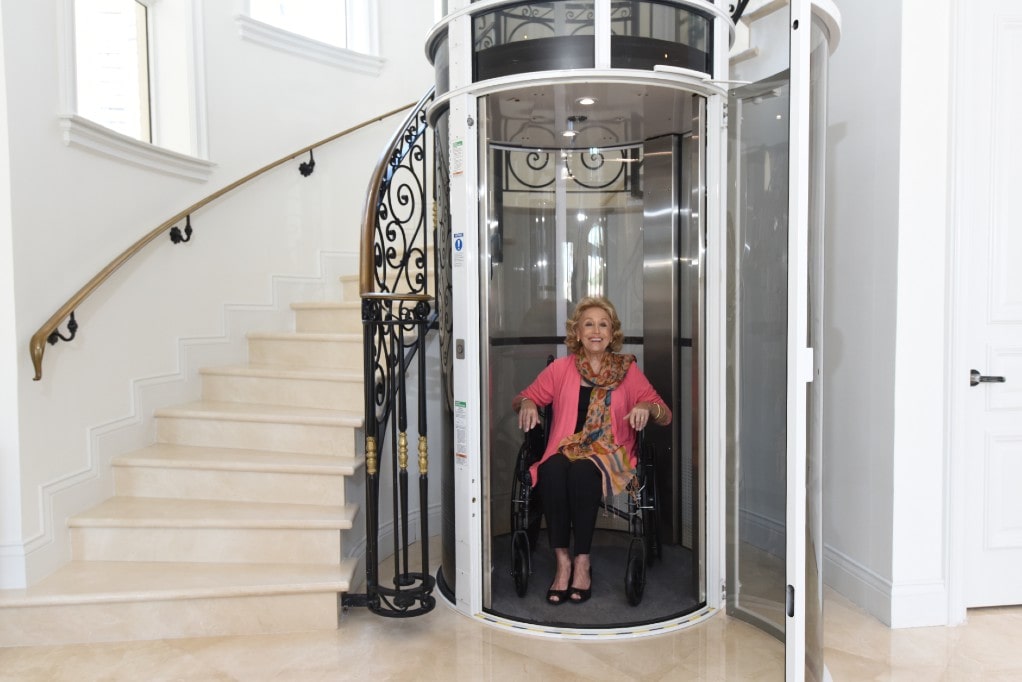Leading Lift Companies in London: Providing Exceptional Solution and Support
Leading Lift Companies in London: Providing Exceptional Solution and Support
Blog Article
Looking Into the Globe of Lifts: Typical Concerns Dealt With by Different Lift Systems
As we navigate via the vertical transportation systems of modern-day buildings, lifts stand out as a vital component of our day-to-days live. Nevertheless, behind their seamless operation lies a world of elaborate devices that can often run into difficulties. From hydraulic lifts to grip systems and machine-room-less styles, each lift type comes with its set of usual concerns. Comprehending these difficulties is crucial for ensuring the smooth performance of these crucial systems. Let's explore the intricacies that underlie the procedure of elevators and the potential problems that can develop, clarifying the intricate web of lift systems.
Hydraulic Elevators
Hydraulic lifts, often chosen for low-rise buildings, make use of fluid pressure to manage the movement of the elevator vehicle (lift repair companies). This device involves a hydraulic pump pressing oil right into a cyndrical tube, triggering the lift to move in the desired direction. While hydraulic elevators are known for their smooth and peaceful operation, they do feature their own set of common concerns
One widespread issue with hydraulic lifts is oil leak. Furthermore, concerns with the control system, such as faulty valves or a malfunctioning pump, can create disruptions in the elevator's motion.
Normal maintenance and prompt repair work are vital to guarantee the smooth performance of hydraulic elevators. By dealing with these typical problems proactively, structure proprietors can reduce downtime and guarantee the safety and performance of their upright transport system.
Grip Elevators
When considering vertical transport systems in buildings, another common kind aside from hydraulic lifts is the grip lift. Traction elevators run making use of a system of ropes and counterweights that relocate the lift cars and truck by gripping onto the hoist ropes. This mechanism permits smoother and much faster vertical transport compared to hydraulic systems.
One of the typical issues dealt with by traction lifts is rope wear. The constant motion of the ropes within the grip system can bring about use and tear gradually, potentially creating the lift to breakdown or become unsafe for use. Routine evaluations and maintenance of the ropes are necessary to make certain the lift's correct functioning and safety and security.
Another issue that grip elevators may come across is connected to the control system. Issues with the control system can bring about problems such as erratic motion, delays in feedback times, or also full shutdowns. Regular testing and maintenance of the control system are important to stop such issues and make sure the lift's reliability.
Machine-Room-Less (MRL) Elevators

Among the crucial elements of MRL elevators is the small gearless traction maker that is installed within the hoistway. This machine efficiently drives the elevator auto without the requirement for large tools found in standard grip lifts. Additionally, MRL lifts generally use a counterweight system to balance the car, additional improving their power efficiency.
In spite of their advantages, MRL elevators might deal with challenges related to upkeep and repair service due to the confined area for equipment setup. Ease of access for servicing parts within the shaft can be restricted, calling for specialized training for technicians. Correct maintenance schedules and regular examinations are vital to make certain the continued smooth operation of MRL lifts.
Overloading and Weight Limit Issues
Are lifts furnished to take care of excess weight loads efficiently and safely? Straining and weight limit issues are important worries in elevator operations. Elevator suppliers design lifts with details weight abilities to ensure passenger safety and equipment durability. Exceeding these weight limits can bring about various troubles, including mechanical failures, delays, and safety threats.
When elevators are overwhelmed, it puts too much stress on the motor, cable televisions, and various other parts, possibly triggering break downs or malfunctions. If they find excess weight, safety and security systems such as sensing units and overload sensors are in area to stop lifts from relocating. In addition, exceeding weight restrictions can cause increased energy consumption and deterioration on the elevator system.
To mitigate overloading lift repair near me problems, constructing supervisors ought to prominently show weight limitations in lifts and enlighten residents on the relevance of adhering to these limitations - lift repair companies. Routine upkeep checks by certified technicians can additionally aid make sure that lifts are operating within secure weight parameters. By attending to overloading and weight restriction concerns proactively, building owners can improve elevator security and performance
Electrical System Failings
Surpassing weight limits in lifts can not just lead to mechanical problems but also possibly add to electric system failures within the lift framework. Electric system failings are an important problem in lift operation, as they can trigger unexpected closures, breakdowns, or even safety hazards.
Regular maintenance and examinations are you could try this out critical to recognize and resolve prospective electric problems quickly, making certain the reliable and safe procedure of elevator systems. By sticking to weight limits and performing routine electrical system checks, building proprietors can reduce the risk of electric failures in elevators.
Verdict

Hydraulic elevators, typically chosen for low-rise buildings, use Go Here fluid stress to control the activity of the lift vehicle.When thinking about vertical transport systems in buildings, one more common kind aside from hydraulic lifts is the traction elevator. Traction elevators operate using a system of ropes and counterweights that relocate the lift automobile by gripping onto the hoist ropes. Unlike typical elevators that need a separate equipment space to house the tools, MRL lifts incorporate most of the elements within the shaft, removing the demand for a specialized device room.In final thought, lifts encounter common concerns such as hydraulic breakdowns, grip system failures, and electric system troubles.
Report this page